Most often, the causes of diseases in plants are parasites, which in turn appear, for example, during damage to the crust, due to a lack or excess water, or due to the effects of low temperatures. In addition, parasites can start with improper care. As for trees, they most often have such diseases as a pass, various spottedness, black and root cancer, malievous dew and fruit rot. Read more about Trees Diseases Next.
Content
Classification of disease
All diseases of fruit trees are divided into two main groups: infectious and noncommunicable. The first of them arise, as a rule, due to the action of parasites and dispute. Quite often they penetrate the structure of the plant and at the same time they grow up with it. If this happened, then to get rid of the disease, we will have to do not once to process damaged zones. If these measures do not help, you will have to cut out sick trees to prevent the spread of the disease.
Non-infectious diseases usually appear due to mechanical damage, which can be obtained as a result of natural phenomena or due to non-accurant actions from a man working in the garden. When mechanical damage appears, it is impossible to slow down, so that the controversies causing the spread of infection can be penetrated into the wound. Below more. Consider some of these diseases of trees and their treatment.
Description of diseases of trees
Fruit
This appearance of the ailment often strikes pears and apple trees. The disease can be triggered as a result of fruit injury to mechanically. The causative agent is the mushroom. The first sign of the development of the disease is the appearance of a small brown spot. It increases fairly rapidly and gradually covers the fetus entirely. Because of the rot, the fruits inside are becoming very loose. At the same time they lose both taste and nutritional qualities. External signs of the development of the ailment is the emergence of major grayish-brown pads. Rotary fruits over time fall or mummify, while remaining hanging on a tree.
Lichens on trees
They are a mixture of algae and mushrooms, which, when parasitizing on the plant, become a place to breed malicious insects. Lichens sometimes provoke the appearance of mushrooms.
Parsha on trees
Most of all this disease is typical of apple trees. At the first stages of the development of the ailment on wood leaflets, specific stains are manifested. After a while they acquire a dark green shade. These stains are often located on the veils. If the leaves are very amazed by the disease, they usually disappear ahead of time. The passage affects the fruits. At the same time, they are covered with stains having a clear contour. If the infection occurred early, then the wounds are usually falling. On the affected shoots marked the appearance of swirling. With the subsequent break, a lot of dispute is exposed. The crust of the sore tree is peeling, the growth of shoots slows down, and they often frozen. The causative agent of the paste without any problems in the fallen leaves, where he is in the form of fungny. In the spring, the young leaves infection occurs. If the tree has become infected, then the first signs are usually manifested after 10-13 days.
Most of all the old and weak trees are prone to this disease. On the tree, first of all, the newly appeared leaves are affected. The older leaves are immune to this fear. Because of the paste, fruits sometimes grow ugly, underdeveloped and after harvest is poorly stored. In order to treat the diseases of the trees, namely to get rid of the paste, the soil is drunk between the rows. Earth is also drunk in the rolling circles. In addition, in order to prevent the dissemination of the disease in the future, the leaves falling in the fall are destroyed.
Roots on trees
These are quite dangerous parasites, which sometimes it is not easy to detect, due to their similarity with the barrel of color. Therefore, often the drums are determined after the tree died. Its structure is similar to the structure of the sponge, which makes it possible to easily suck all the useful substances.
Black Cancer Trees
For fruit trees, this is a rather dangerous fungal disease that can last several years. And most often it affects the pear and apple tree. Patients with trees are determined by the affected leaves, bark, fruit and lower part of the trunk. The most difficult thing to deal with the damage to the bark, the consequence of which the crop is becoming. Shortly after the dissolution of the kidneys, a spots appear in the sore tree on the leaves. First they have small sizes and reddish tint. After some time, these stains increase and become brown.
Under the skin of the upper side of the leaves can be the body of a mushroom with disputes. The dejunction of such leaves usually happens early. As for the fruits themselves, the disease appears in the form of black rot. The lesion of fruits usually happens even before they have time to mature. Brown spots appear on the surface of the fetus. Often they arise in places where malicious insects have worked. Gradually, sick fruits first become brown, and then black. Finally, they decrease in size and dry. When coating the mushrooms of the entire surface of the patient of the fruit, it becomes rough and outwardly similar to a sponge.
On the affected crust, the first is the first shot of a reddish shade. The body fungus grows and because of this, a healthy bark, located along the edges, gradually lifts. After some time, cracks are formed in this place. A parasitic mushroom on the crust of sick trees looks like a small black tubercle. If the bark of such a tree disappears, the wound is formed in this place.
During this time, the disease is striking more and more area of \u200b\u200bthe cortex of the trunk. As a result, part of the tree, located above, gradually dies. Mushroom usually spends winter in a previously affected crust. Prerequisites for this ailment may be cracks, wounds and burns on the crust. With poor care, bad trees are poorly developing, and this can be a causal mass disease with black cancer. This ailment may affect the fruit trees of all ages. Nevertheless, older plants are usually less resistant.
Witches brooms on trees
In this case, a group of underdeveloped branches is formed on the tree, leaflets on which they become pale, reddish or yellowish. If you do nothing, then the causative agent can return every spring after the wintering of the mushrooms. On the leaves, sticky and pleasantly smelling flare is formed. A contaminated group of twigs, which is called brooms, requires increased nutrition, which is weakened by all plantings.
Root cancer trees
Refers to bacterial diseases. It can affect almost all the well-known breeds of fruit trees, as well as berries. The prerequisite for infection can be mechanical damage to the roots. Roots are usually injured during transplantation, picking or when exposed to pests. When bacteria get into the tissue of the cortex, they begin to multiply quickly, which is why the growths are formed.
The development of root cancer depends largely on which acidity has a soil. So, in the weakly alkaline and neutral soil, the disease is successfully developing, and in acid dies. In addition, this process is influenced by the conditions of growing plants. For example, if the affected roots will not receive enough moisture and nutrients, they may die. If the soil is rich in the necessary substances, the disease is no longer so dangerous.
Milky Glitter on Trees
Pretty spread of the disease, manifested primarily in the change in the color of the leaves, which become milk-white. Most often, no luck strikes such cultures like apple trees, plums, pears and cherries.
After some time, dead areas may appear on the affected leaves. At the same time, their fabrics become fragile and dry. Milky shine can lead to falling out of leaves and fruits. In addition, due to it, the branches are usually eliminated. Often, this disease occurs due to wood frozen in the spring and due to sunburns. Under the influence of low temperatures, frosting cracks may appear. On trees affected by this ailment, a mushroom is developing. The disease can develop after damage to pest roots and soil-forming insects.
Rust on trees
It occurs on the surface of fruit trees and is manifested as yellowish-orange stains. A frequent reason for the appearance of rust becomes reproduction of various parasites. In addition, the disease is capable of spreading through anemone or juniper. For juniper requires the same as in the treatment of coniferous trees.
Puffy dew on trees
This ailments usually appears on shrub plants, for example, on currant. Less often it occurs on fruit trees. Puffy dew is one of the types of fungny, which first has a flour white color, and after a while it becomes brown. The disease can give seedlings to grow and even bear fruit, but if you do nothing, it will destroy the plant. Puffy dew is quite capable of proceeding. When this happens, they are covered with the finest felt layer. Because of this, the growth of fruits is stopped, and they are already becoming unsuitable in food. The disease can be triggered by high humidity, low temperatures and too thick plantings of bushes.
For the treatment of fruit trees from this illness of the spring plant sprayed with a solution of soda calcined. For the preparation of a mixture of 5 grams of soda divorces 1 liter of water. To increase the efficiency of the solution in it, it is also recommended to dissolve 25 GB of household soap.
To protect the plant from malical dew, this method is used as a spraying of boiling water. This procedure is usually carried out early in spring shortly after snow comes down, but not later than the beginning of the swelling of the kidneys. Water must be previously brought to a boil and is cooled within a quarter of an hour. After that, it is possible to handle bushes. Conducting such a procedure is permissible only once a year.
Monyliosis on the trees
Usually, this disease is striking only seed fruit crops. The reason most often becomes the appearance of a wet cold dew on the surface of the plant. In such conditions, a fungus is developing, called ascomitet, which is a causative agent of illness. The main symptoms of the disease are the drying of flowers and the sudden passing them.
After that, the disease extends to leaves, which are gradually wound and dry. The fungus is also able to affect annual shoots and young twigs. With damage to the fungus of fruits, brown spots usually appear on them.
The affected pulp becomes very soft, and her color will rage. As the prevention of moniliosis, it is recommended to remove affected branches, leaves and fruits.
Bacteriosis on trees
This disease is considered rather serious. He is subject to many fruit trees. Signs of illness: the bark covered with dark spots, in the place of which fewer sections appear after a while.
In addition, in the affected sections of the sore tree bark arise. The kidneys of the plant become black, and the leaves twist and dry out. In the chronic form of illness, the tree may die, but this process lasts for several years. In order to prevent the development of this disease, first of all, it is necessary to plant only healthy seedlings. In addition, timely care is needed, whitewashed lime trunks. Instead of lime, you can use clay with copper vigor. It is also required to perform the proper trimming of trees, while making the wounds with the help of garden preparation. Early spring is recommended to spray the trees borodoska mixture. Treatment of trees from bacteriosis can be quite successful if no more than 35% of the crust is affected. If so, then, first of all, you need to clean the injured places. This must be done until healthy wood appears, and even better grab it and it. After that, disinfection of the stripped place is carried out with the help of a solution of copper sulfate.
In the same composition, the fabric is wetted, which after disinfection is wary of the affected place. After about 10 days, the cloth needs to be removed and inspect the damaged place. If at the same time it will be found that the disease does not spread anymore, then the place is left for at least one day, and better - for two, so that it will dry. After that it must be smeared. To do this, you can use a garden version or a mixture of clay with a cow. Garden Var applies usually with a slight damage. The second mixture is used if quite a lot of bark is affected. Sometimes this place is covered with special water-level paint. If bacteriosis continues to progress, then the procedure described above must be re-conducted.
Remember that if the trunks of the trees were covered with polyethylene, then you should not leave them for more than 20 days. During this time, copper sipop will no longer act. At the same time, the moisture increases under the film, which may cause the progression of the ailment. During the treatment, the trees are recommended to feed more than usual. To do this, it is possible to use a solution, which contains one tablet of heteroacexin (the volume of the mixture is 1 bucket). During this period, cowboy solutions are also useful. If there is no possibility to use organic fertilizers, mineral, for example, nitroamophosk are used. Nitric fertilizers during this period are better not to attach the trees to prepare for wintering.

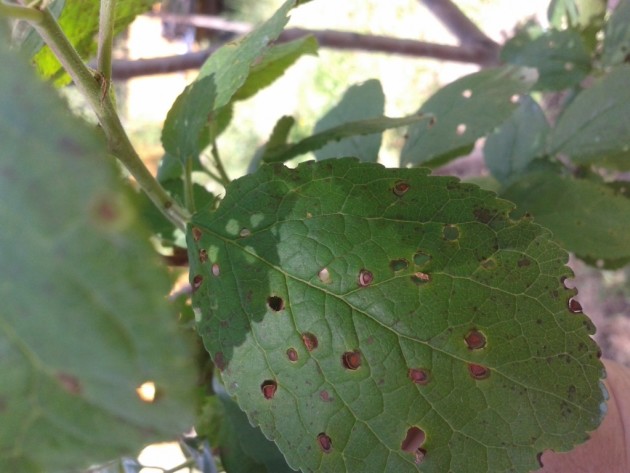
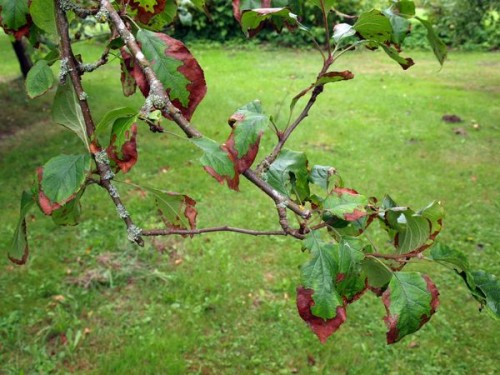
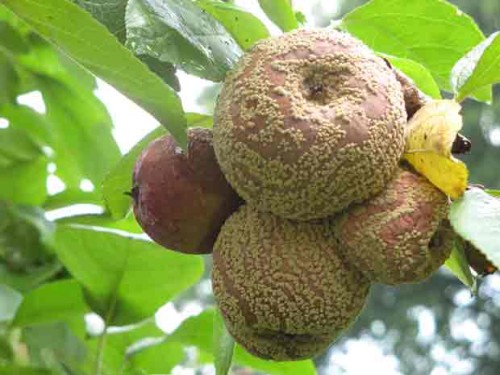
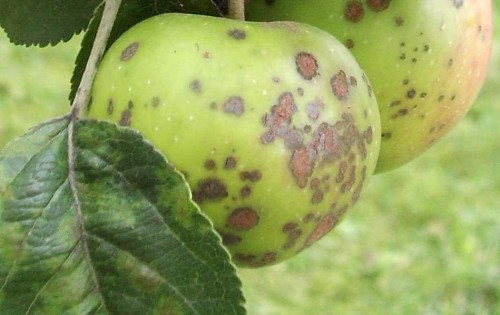
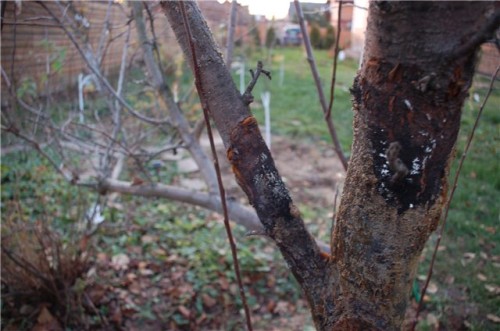
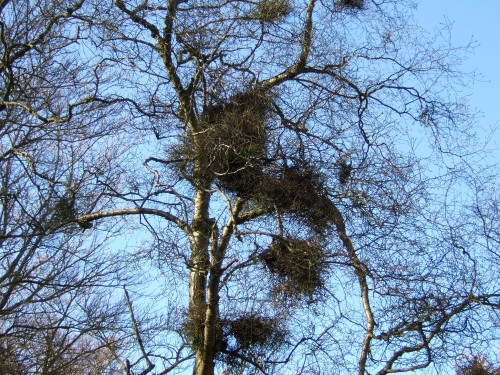
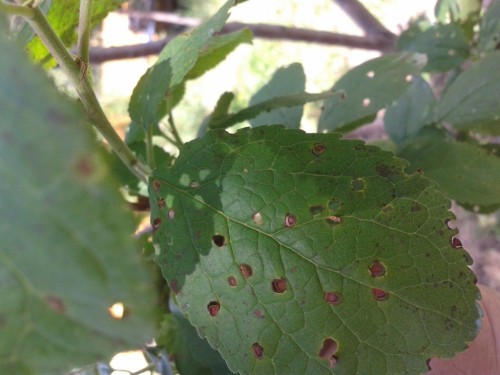
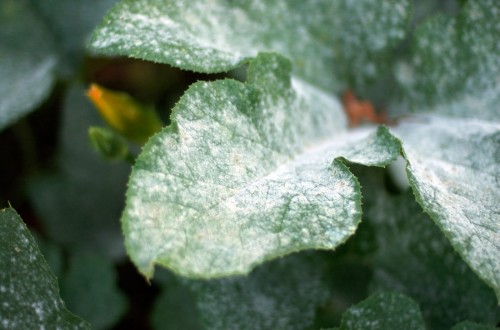
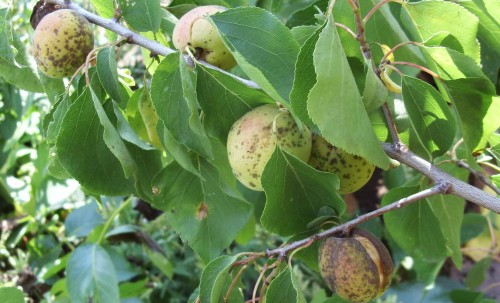
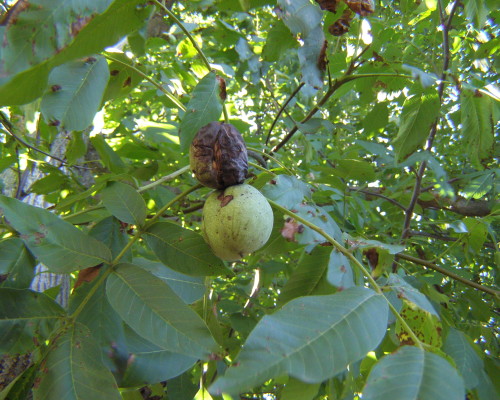












 Start a discussion ...
Start a discussion ...